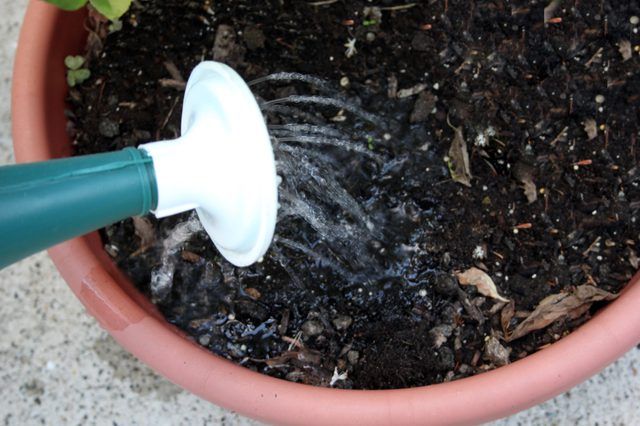Bulbs
Flower Basics
Flower Beds & Specialty Gardens
Flower Garden
Garden Furniture
Garden Gnomes
Garden Seeds
Garden Sheds
Garden Statues
Garden Tools & Supplies
Gardening Basics
Green & Organic
Groundcovers & Vines
Growing Annuals
Growing Basil
Growing Beans
Growing Berries
Growing Blueberries
Growing Cactus
Growing Corn
Growing Cotton
Growing Edibles
Growing Flowers
Growing Garlic
Growing Grapes
Growing Grass
Growing Herbs
Growing Jasmine
Growing Mint
Growing Mushrooms
Orchids
Growing Peanuts
Growing Perennials
Growing Plants
Growing Rosemary
Growing Roses
Growing Strawberries
Growing Sunflowers
Growing Thyme
Growing Tomatoes
Growing Tulips
Growing Vegetables
Herb Basics
Herb Garden
Indoor Growing
Landscaping Basics
Landscaping Patios
Landscaping Plants
Landscaping Shrubs
Landscaping Trees
Landscaping Walks & Pathways
Lawn Basics
Lawn Maintenance
Lawn Mowers
Lawn Ornaments
Lawn Planting
Lawn Tools
Outdoor Growing
Overall Landscape Planning
Pests, Weeds & Problems
Plant Basics
Rock Garden
Rose Garden
Shrubs
Soil
Specialty Gardens
Trees
Vegetable Garden
Yard Maintenance
How to Start a Vegetable Garden From Kitchen Scraps
How to Start a Vegetable Garden From Kitchen Scraps. Your kitchen trash can may contain a vegetable garden just waiting to happen. The roots, shoots and seeds of many plants can regrow instead of languishing in the garbage. Success will vary because grocery store plants are often grown from sterile hybrids or they are treated to retard growth, but...
Your kitchen trash can may contain a vegetable garden just waiting to happen. The roots, shoots and seeds of many plants can regrow instead of languishing in the garbage. Success will vary because grocery store plants are often grown from sterile hybrids or they are treated to retard growth, but with experimentation you may grow a successful garden for just the cost of time.
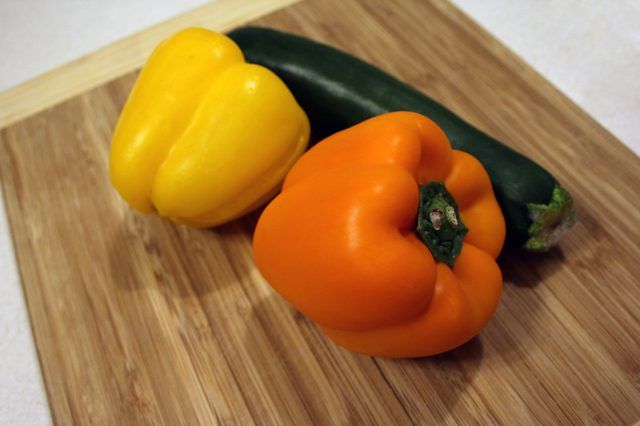
Not all scraps are suitable gardening stock. Seeds from summer and winter squashes (Curcubita spp.), peppers (Capsicum annuum) and beans (Phaseolus vulgaris) will often sprout and grow, but the fruits may not be the same quality as the original. You can regrow whole garlic bulbs (Allium sativum), a biennial in U.S. Department of Agriculture plant hardiness zones 3 through 8, from a single leftover clove, for example. Some plants grow back from their roots if you carefully save them. Ginger (Zingiber officinale), which grows in USDA zones 9 through 12, along with green onions (Allium cepa) and the leafy tops of radishes (Raphanus sativus) are some examples.
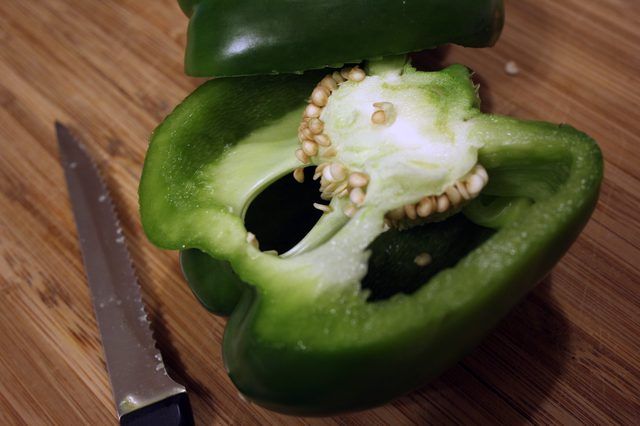
The season and your climate help determine whether pots or beds are the better choice. Spring and summer vegetables, like squash and peppers, grow best outdoors in a bed or container garden. Garlic performs best in a bed in almost any climate, while tender ginger requires a pot so you can overwinter it indoors in cool climates. Cool-season vegetables, like radish tops, do well both outdoors or inside. If you plant in containers, use pots with at least one bottom drainage hole.
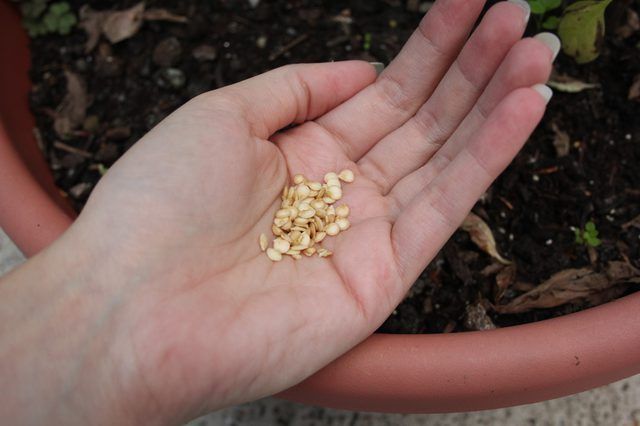
Preparing to plant is just as important as selecting the right kitchen scraps. Most vegetables need rich, well-draining soil in an area that receives six or more hours of daily sun. When planting seeds, sow larger seeds like beans and squash 1 to 2 inches deep, and smaller seeds, such as peppers, 1/4 inch deep. Leave the top of the root attached to leafy greens, such as radish, and push the cut end of the root into the soil slightly. Garlic cloves are planted 1 to 2 inches deep in late fall. For ginger, cut the root into sections , with each section containing at least one growing node, which resembles a raised bump. Plant those sections. If you plant in pots, fill them with a well-drained, moistened potting soil.
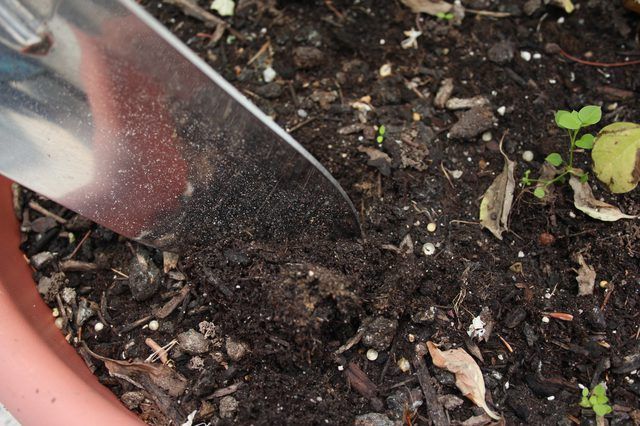
Vegetables usually need about 1 inch of water a week. Container plants need watering when the top 1 inch of soil feels dry. Water these until the excess water drains from the pot's bottom. Although fertilizer helps a plant grow, wait to fertilize until after new growth begins to emerge from the planted scraps, or wait for about four to six weeks if you plant seeds. Each vegetable has its own fertilizer requirements, but a general application of a 24-8-16 soluble fertilizer, diluted at the rate of 1/2 teaspoon per 1 gallon of water and applied at 14-day intervals, is suitable for most container vegetables. For garden beds, sprinkle 4 tablespoons of a slow-release 12-4-8 blend over every 4 square feet of soil six weeks after planting, keeping the fertilizer off the leaves and stems of the plants.
